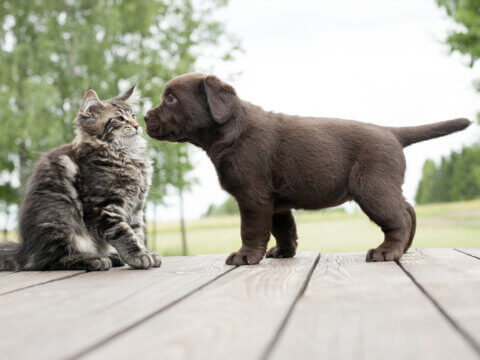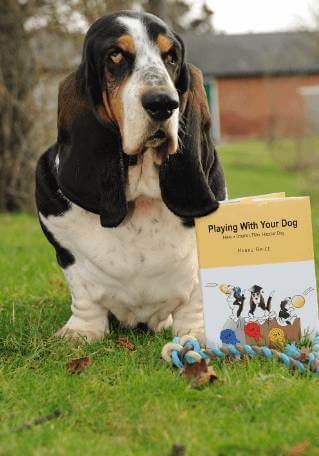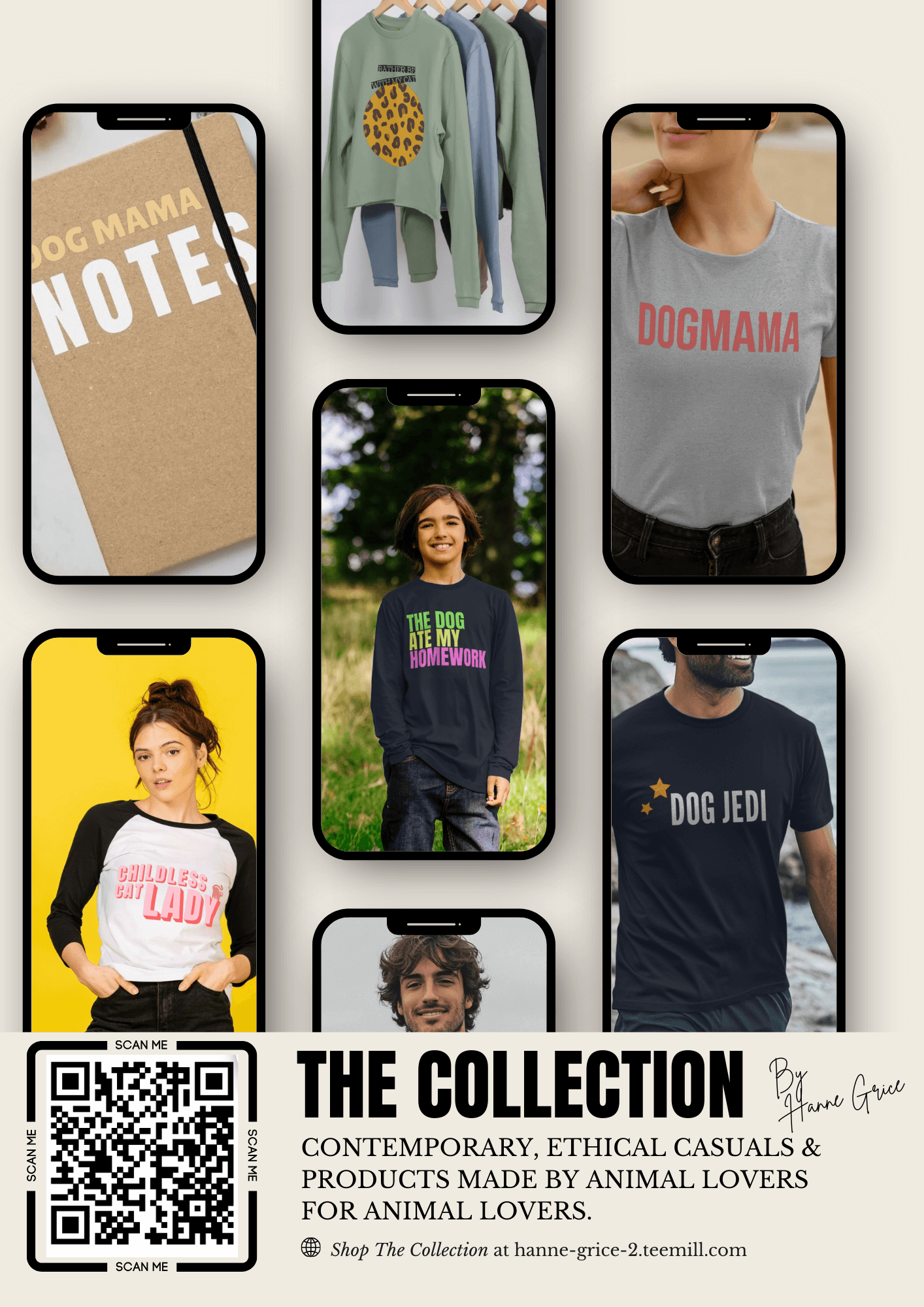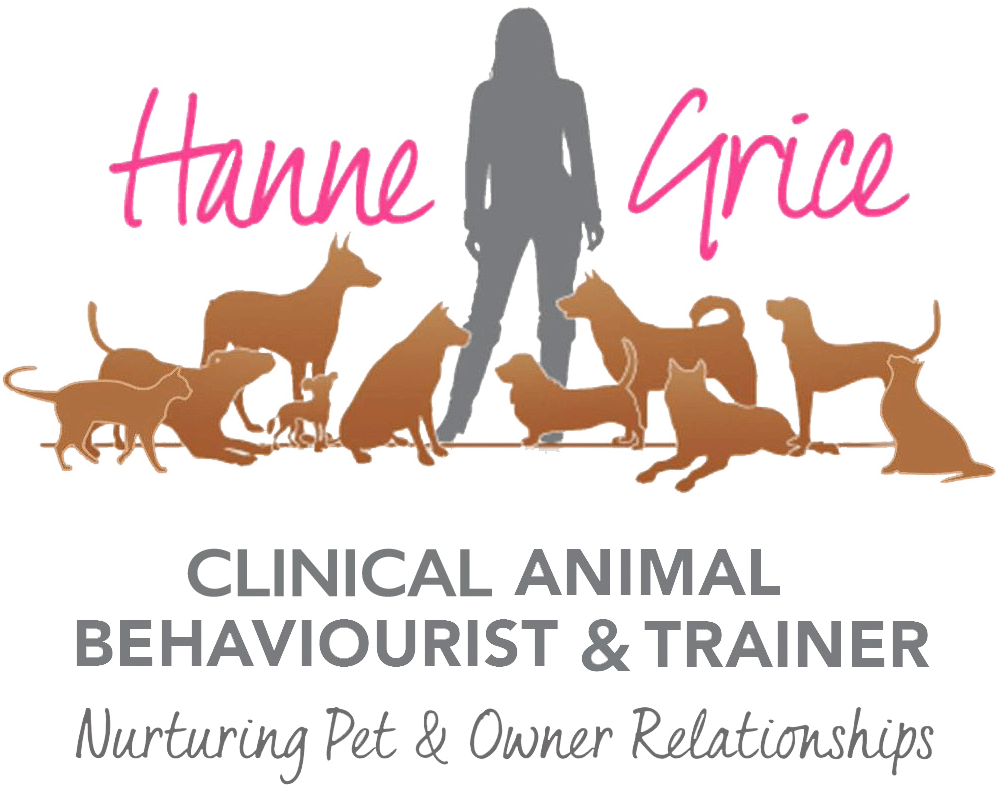Nurturing appropriate cat-dog relationships is something I’m passionate about and that’s because bringing a new puppy into your home can be a joyful experience, but it can also be a bit daunting if you already have a resident cat. A recent study by Kinsman et al. (2022) investigated the introduction of a puppy into a home with a resident cat[s] – the researchers found pups were more likely to be calm if: i) introduced gradually, and ii) before they were 12 weeks of age.
Hence, the introduction process is crucial in ensuring that your puppy and cat become friends and live peacefully together. With a little bit of patience, preparation and excellent management, you can help your puppy and cat become comfortable with each other and establish a positive relationship. See an example with my dog Hattie and cat Bertie, below.
Tips to help promote a successful cat-dog bond
There are lots of things we can do to help nurture positive cat-dog relationships. Here are some tips to make the transition as smooth as possible for both your puppy and your cat:

- Provide separate spaces: Make sure that your cat has a safe space, such as a room and provide high perching spots (think shelving, cat walks/canopies etc), where they can retreat to if they feel threatened by the puppy. Similarly, provide your puppy with a crate, puppy pen, or a designated area where they can feel safe. You can also use room dividers or baby gates that have cat flaps within them to enable the cat to move around the property up and along high spaces as well as access ground space through the gate, without being followed by the pup.
- Gradual introduction: Gradually introduce your puppy to your cat by first allowing them to smell each other by letting each smell their blanket or bed (when away from the other). Then transition to swiping the scent of one another onto a clean cloth – facial area and flanks works well for the cat. Progress to enabling the puppy and cat to smell one another through a closed door. Once they seem comfortable with this, you can try allowing them to be see one another through a glass door or baby gate – ensure there is plenty of space away from one another and reward each pet for calmness. Use a lickee mat with cat food on a high surface, and something scrummy for your puppy to enjoy when the cat is present. We then want to progress to both animals being in the same room while supervised – you can have puppy on-lead for these interactions and the cat high up, and then aim to drop the puppy’s lead. Practice when the puppy is more sleepy so they are more likely to relax when your cat is present for these sessions. Keep your exposures short – think 2-3 minutes maximum. You can then build the duration of being around one another as both animals become more relaxed in each other’s presence.
- Supervised interactions: It is important to supervise all interactions between your puppy and your cat until you are confident that they can be trusted to be around each other unsupervised.
- Positive reinforcement: Reward both your puppy and your cat for positive interactions and good behaviour. This will help them associate each other with positive experiences.
- Training: Teach your puppy to understand basic cues such as “Come”, “Stay”, “Leave it” to help them learn key life skills which can help reduce arousal when your cat is around and to enable you to reward alternative, desirable behaviours.
- Patience: Introducing a new puppy to a resident cat can take time, so be patient and avoid rushing the process. If at any point either animal seems stressed or uncomfortable, take a step back and give them more time to adjust.
When looking for the right support to help you with successful puppy and cat introductions, do check out the list of practitioners registered under the Animal Behaviour & Training Council’s website at www.abtc.org.uk. That way you can be assured the listed animal training instructors and behaviour therapists are using the most up-to-date methods, have been rigorously assessed, and are working to a set of standards within their registered role.
Learn more about our classes

Get Hanne's book, clothing and more
Hanne has a number of publications including her book Playing With Your Dog to help owners work out the games that are best suited for their pet to play throughout his life, from puppyhood to old age, available from Amazon. Check out Hanne's range of contemporary casuals The Collection – for pet lovers made from recyclable, organic materials that are sustainably sourced.

